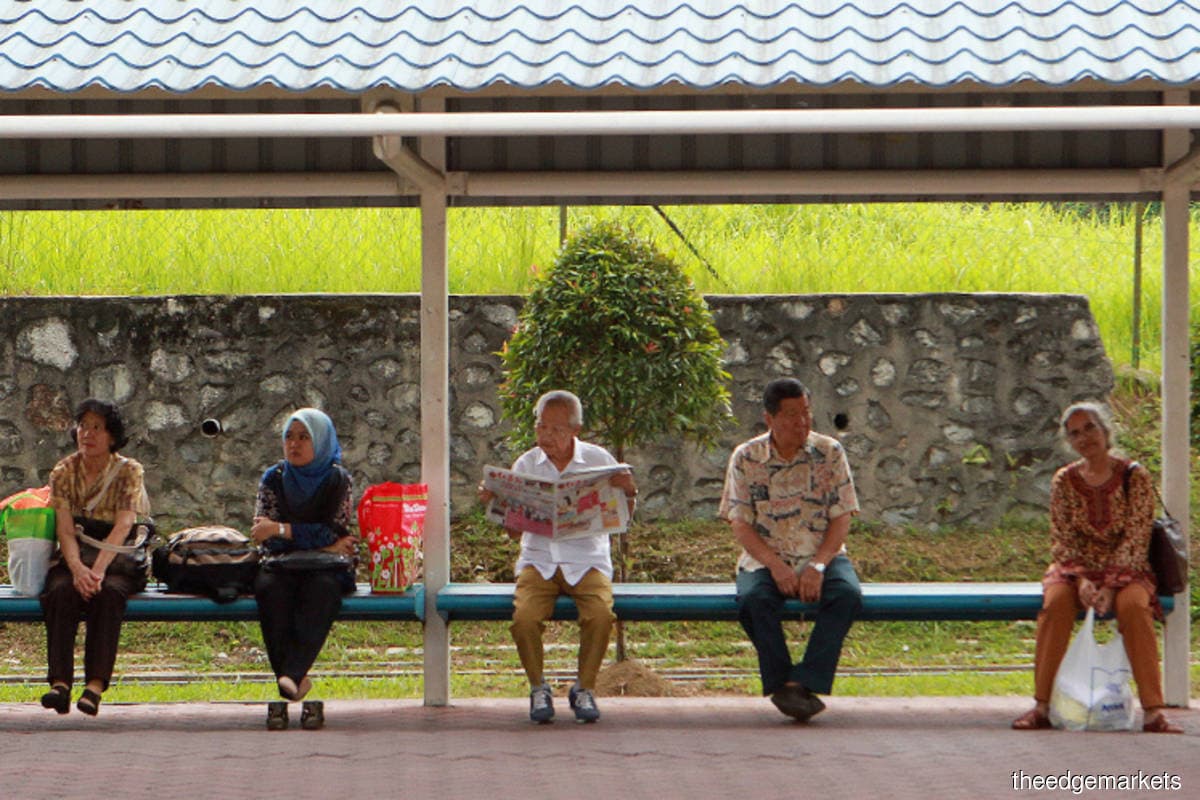
KUALA LUMPUR (Dec 1): Malaysia’s healthcare model should place a stronger emphasis on preventive care to increase the people’s health resilience, said Khazanah Research Institute (KRI) chairman Tan Sri Nor Mohamed Yakcop.
He said RM3.7 billion or 6.2% of total spending on health — for both private and public health facilities — was spent on preventive care in 2018.
“The amount should be increased. Research shows that spending on preventive care has a high value for money in the long run. By preventing diseases, spending on curative care would be reduced and thus lessening the burden on the country’s healthcare system.
"Additionally, the people’s resilience against diseases, including contagious ones, such as Covid-19, would increase,” he said during a virtual media briefing in conjunction with the launch of KRI's flagship publication titled Social Inequalities and Health in Malaysia: The State of Households 2020 Part III.
Noting that the country is still battling the Covid-19 pandemic since January this year, there should be an increase in spending on preventive care to purchase vaccines, test kits, personal protective equipment (PPE) and so on.
However, Nor Mohamed did not mention a specific amount of preventive care allocation.
Elaborating on the challenges of public health, he said non-communicable diseases — such as heart diseases, cancer and mental health issues — are more prevalent.
This is because such diseases are the largest contributors of the people’s health issues as well as the main causes of premature death.
“Meanwhile, children in Malaysia are now facing various malnutrition issues, such as [being] underweight, inadequate intake of vitamins and minerals, and obesity. In 2019, one out of five children under the age of five were stunted. Among those under the age of 18, one out of three were obese, one of the highest child obesity rates in Asia,” said Nor Mohamed.
Nor Mohamed added that the latest report of KRI shows a person’s health status is closely related to his or her socio-economic status, where low-income individuals are more likely to live shorter lives and record worse health outcomes than higher-income individuals — a phenomenon commonly observed across the world.
“For example, in Malaysia, the prevalence of diabetes and high blood pressure is the highest among the B20 (bottom 20% income group) and much lower among the T20 (top 20%).
“These new challenges remind us that health policies should not be limited to increasing life expectancy, but expanded to ensuring a decent quality of life for all. Government policies play an important role in addressing health issues and closing the health gap as well as bringing about positive change in our nation’s health,” said Nor Mohamed.
Besides that, he said Malaysia’s social protection system should also be strengthened by taking into consideration the different requirements needed in each stage of life.
“This effort has to start from the beginning of life through the provision of maternal care. Meanwhile, during the schooling years, a conducive environment that facilitates mental and physical growth of each child and teenager should be provided.
"In the working age, each worker should be protected via a national social safety protection scheme should they face any unforeseen circumstances, such as workplace accidents, death and unemployment. Retirement schemes and the national social protection system should also be enhanced, so that the elderly are able to live with comfort and dignity during their retirement age,” he added.
Going forward, Nor Mohamed said Malaysia already had a well-managed social sector, with the Ministry of Health (MoH), the Ministry of Education (MoE) and the Department of Social Welfare, as well as social protection institutions such as the Social Security Organisation (Socso), the Employees Provident Fund (EPF) and Retirement Fund (Incorporated) or KWAP, indicating that the country had a good foundation to create a comprehensive social protection system.